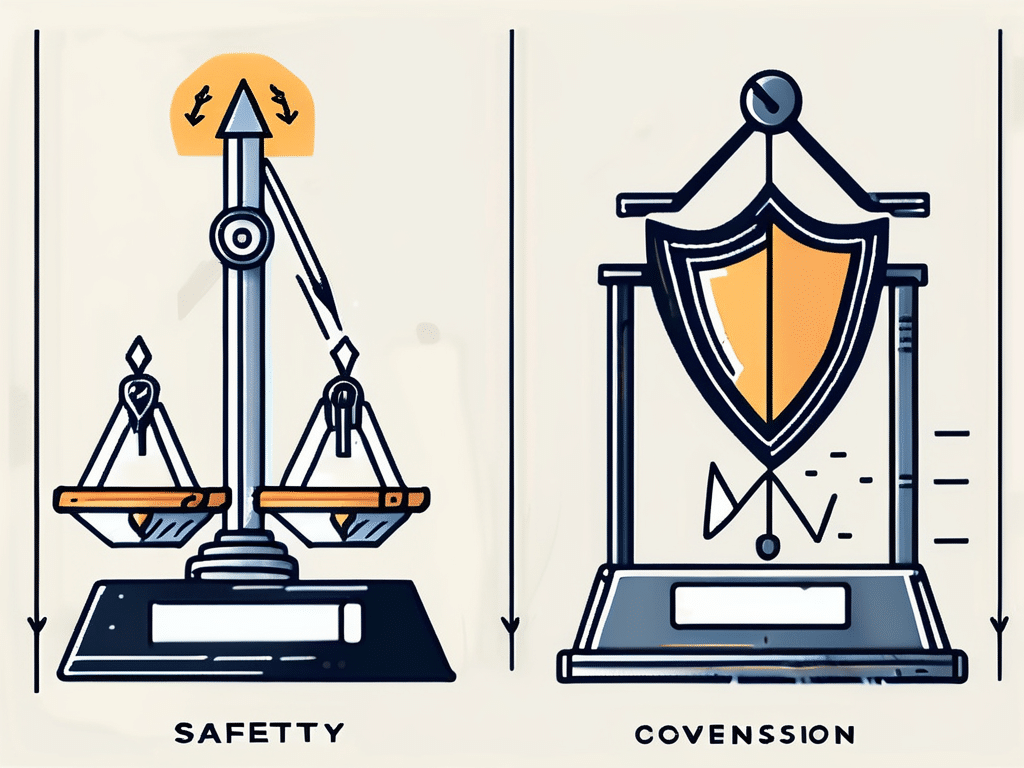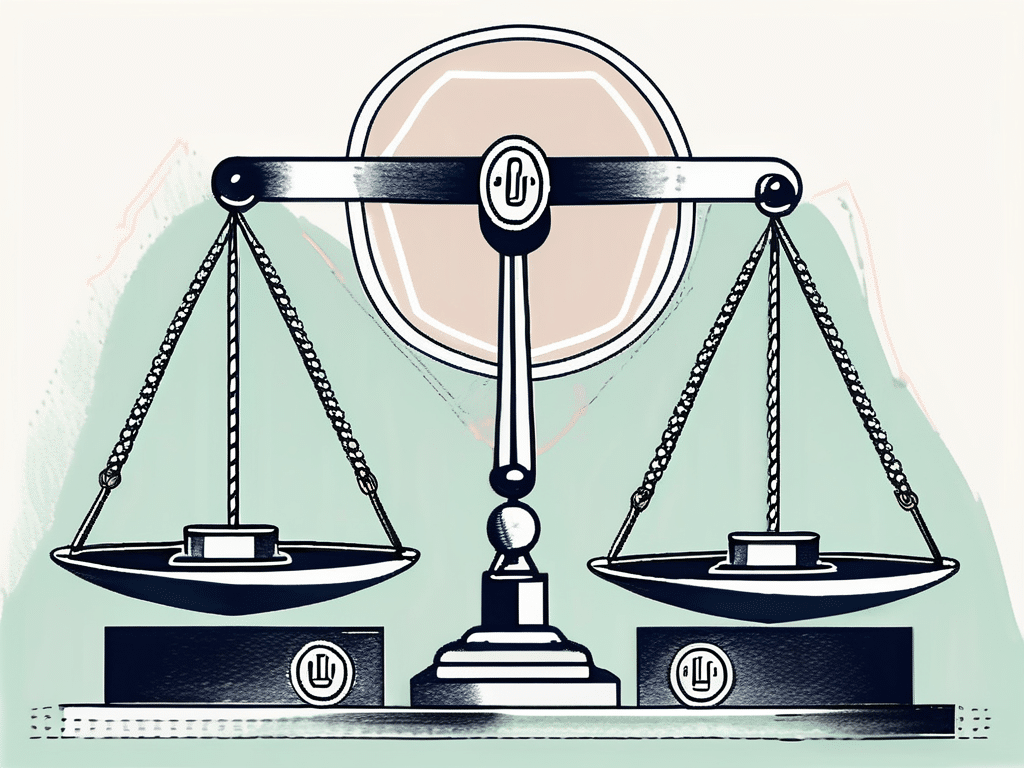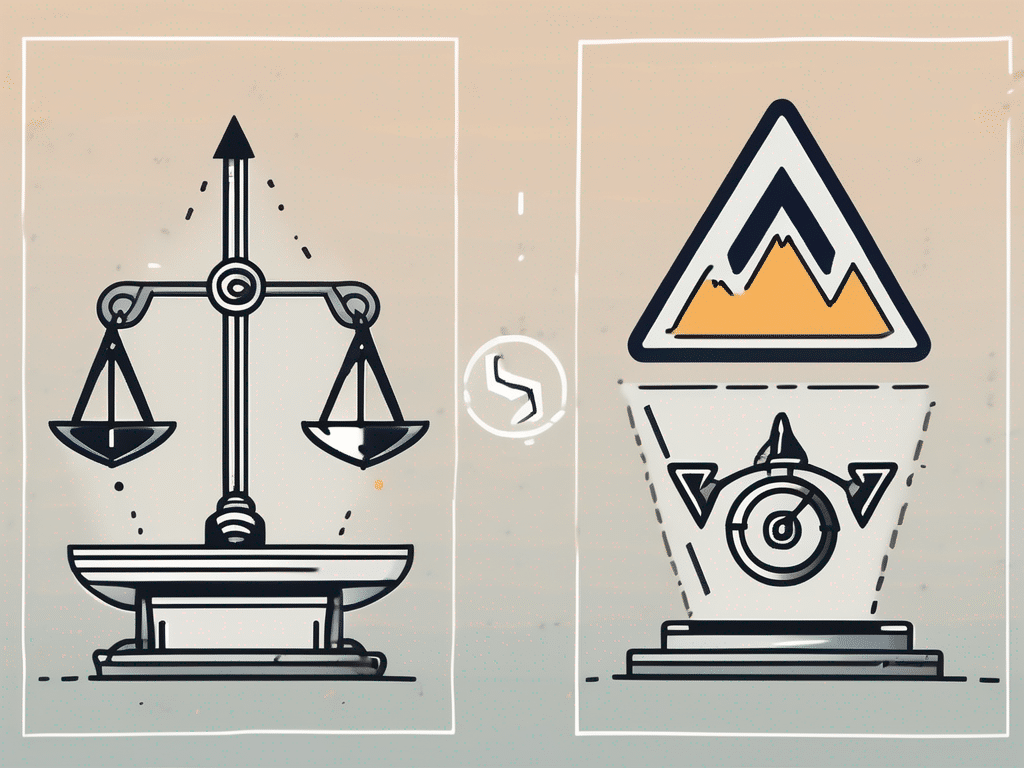When it comes to raising funds for startups, founders often turn to different types of investment instruments, such as SAFE (Simple Agreement for Future Equity) notes and convertible notes. These instruments offer flexibility and are widely used in the startup ecosystem. Understanding the differences between SAFE notes and convertible notes is crucial for founders and investors alike. In this article, we will delve into the basics of each instrument, explore their key differences, weigh the pros and cons of each, and discuss considerations for startups and investors in choosing between them.
Understanding the Basics
Before we delve into the differences, let’s first understand what each instrument entails.
When it comes to startup funding, two popular instruments that are often used are SAFE notes and convertible notes. These instruments play a crucial role in providing early-stage companies with the capital they need to grow and succeed. Let’s take a closer look at each of these instruments to understand how they work and what sets them apart.
What are SAFE Notes?
SAFE notes, which stands for Simple Agreement for Future Equity, are a type of debt instrument that convert into equity in a future financing round. Unlike traditional convertible notes, SAFE notes do not carry an interest rate or maturity date. Instead, they provide investors with the right to convert their investment into equity at a pre-negotiated valuation cap or with a discount rate.
One of the key advantages of SAFE notes is their simplicity and flexibility. They are designed to streamline the fundraising process for both startups and investors, allowing for a quick and efficient way to secure funding without the complexities of traditional debt instruments.
What are Convertible Notes?
Convertible notes, on the other hand, are a form of debt that can convert into equity at a future time. Unlike SAFE notes, convertible notes typically have an interest rate and a maturity date. They also specify a conversion price, usually at the next equity financing round, which determines the number of shares the investor will receive when converting the notes into equity.
Convertible notes have been a popular choice for early-stage startups looking to raise capital from angel investors and venture capitalists. They provide a way for investors to support a company in its early stages while deferring the valuation of the company until a later date when more information and data are available to determine a fair value.
Key Differences Between SAFE Notes and Convertible Notes
While both SAFE notes and convertible notes serve as financing mechanisms for startups, there are several key differences between the two.

Valuation Cap and Discount Rate
One major difference between SAFE notes and convertible notes lies in the valuation cap and discount rate. SAFE notes have a predetermined valuation cap or discount rate that determines the conversion price. This provides investors with the opportunity to convert their investment at a favorable price, protecting their ownership percentage in case the startup’s valuation increases significantly in subsequent financing rounds. Convertible notes, on the other hand, have a fixed conversion price, which may result in a higher or lower ownership percentage depending on the subsequent valuation of the startup.
Equity Ownership
Equity ownership is another differentiating factor between SAFE notes and convertible notes. With SAFE notes, investors do not immediately receive equity in the startup. Instead, their investment converts into equity at a future financing round. This delay in equity ownership can be beneficial for founders, allowing them to preserve ownership and control during the early stages of the startup. Convertible notes, on the contrary, grant immediate equity ownership to investors alongside their debt investment.
Maturity Date
SAFE notes do not have a maturity date, meaning they do not need to be repaid by a specific deadline. This flexibility can be advantageous for startups, as it eliminates the pressure of making repayments during early-stage growth. In contrast, convertible notes come with a maturity date, at which point the startup needs to either repay the notes or convert them into equity. This can create a potential financial burden for startups, especially if they are unable to secure additional financing or reach a valuation that justifies conversion.
Now, let’s delve deeper into the valuation cap and discount rate of SAFE notes. The valuation cap is a maximum price at which the SAFE note will convert into equity. This cap ensures that investors are protected from dilution and can benefit from the startup’s growth. On the other hand, the discount rate allows investors to purchase equity at a discounted price compared to future investors. This discount rate acts as an incentive for early-stage investors, rewarding them for taking on higher risk.
When it comes to equity ownership, SAFE notes offer a unique advantage for founders. By delaying equity conversion until a future financing round, founders can maintain control and decision-making power in the early stages of their startup. This allows them to navigate the challenges of building a company without diluting their ownership too early. In contrast, convertible notes provide immediate equity ownership to investors, which can be beneficial for those seeking a more direct stake in the startup from the beginning.
While SAFE notes offer flexibility in terms of repayment, convertible notes come with a maturity date that adds a sense of urgency. This maturity date can put pressure on startups to secure additional financing or achieve a valuation that justifies conversion. It also introduces the possibility of having to repay the notes if conversion is not feasible. This aspect of convertible notes can be both a motivator and a potential burden for startups, as it adds a financial dimension to their growth strategy.
Pros and Cons of SAFE Notes
Advantages of SAFE Notes
SAFE notes offer several advantages for both startups and investors. For startups, SAFE notes provide a simplified financing process without the complexities of interest rates and maturity dates. They also allow founders to delay dilution and retain control over decision-making during the early stages. On the investor side, SAFE notes offer the potential for increased ownership percentage through the valuation cap or discount rate, providing a favorable return on investment if the startup succeeds.

Furthermore, SAFE notes are known for their flexibility in terms of conversion, allowing startups and investors to negotiate terms that suit their specific needs. This flexibility can lead to quicker funding rounds and smoother negotiations, benefiting both parties involved. Additionally, the simplicity of SAFE notes can save both startups and investors time and resources that would have been spent on drafting and negotiating more complex financing agreements.
Disadvantages of SAFE Notes
However, SAFE notes also come with their own set of disadvantages. Since the conversion only happens in a future financing round, investors will not receive immediate equity ownership or any voting rights until conversion occurs. This lack of ownership and voting rights can reduce investor influence and limit their ability to actively participate in important decision-making processes of the startup.
Another disadvantage of SAFE notes is the potential for dilution without the protection of a valuation cap. If a startup experiences a down round in a subsequent financing, investors holding SAFE notes without a valuation cap may face significant dilution of their ownership stake. This risk highlights the importance of thorough due diligence and negotiation when structuring SAFE note agreements to protect investor interests.
Pros and Cons of Convertible Notes
Advantages of Convertible Notes
Convertible notes offer several advantages for both startups and investors. For startups, convertible notes provide a quick and straightforward fundraising method with an established maturity date. They also offer the potential for attracting investors who prefer traditional debt instruments with an interest component. From an investor perspective, convertible notes provide immediate equity ownership, allowing them to have a say in the startup’s decision-making processes. Convertible notes also provide the opportunity to earn interest on their investment if the startup fails to raise additional funding.

Disadvantages of Convertible Notes
On the downside, convertible notes can create financial pressure for startups, as they need to either repay the notes or convert them into equity in the future. The fixed conversion price can also result in a higher or lower ownership percentage depending on the subsequent valuation, potentially diluting existing shareholders if the valuation is significantly lower than anticipated.
Choosing Between SAFE Notes and Convertible Notes
Considerations for Startups
When deciding between SAFE notes and convertible notes, startups should consider factors such as their financial position, growth projections, and future financing needs. SAFE notes may be more suitable for startups aiming to delay dilution and retain control, while convertible notes could be preferred by startups that require immediate funding and want to attract investors who prefer traditional debt instruments.
Considerations for Investors
Investors should consider their risk appetite, desired level of ownership and influence, and the potential for future return on investment. SAFE notes provide an opportunity for increased ownership percentage through the valuation cap or discount rate, while convertible notes offer immediate equity ownership and the potential to earn interest.In conclusion, both SAFE notes and convertible notes serve as valuable financing instruments for startups. The choice between the two depends on various factors, including the startup’s growth stage, funding requirements, and risk tolerance. By understanding the differences and weighing the pros and cons, entrepreneurs and investors can make informed decisions that align with their goals and aspirations in the dynamic world of startup financing


